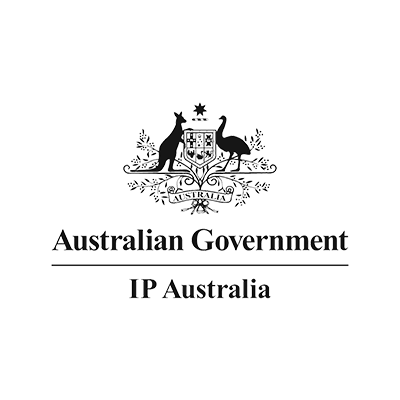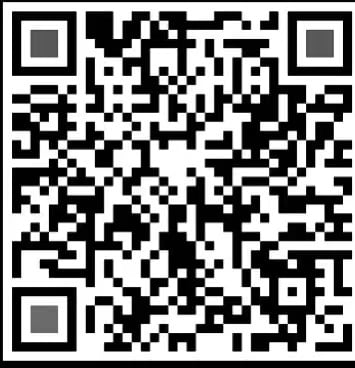——
How to claim your rights in trademark disputes
CHOWBUS
01
02
However, please note that the Act limits the time for filing an opposition. Any opposition to the registration of a trade mark must be lodged within two months from the date of publication of the trademark in the Australian Official Trade Marks. Generally speaking, if the two months have lapsed, you are no longer entitled to file an opposition. However, there are other alternatives.
03

04
05
06

Tips
Trademark disputes are usually time-consuming and costly. According to our past experience, trademark registration is often appropriate sooner rather than later. If you have any problems with trademark, or want to register a trademark in China and/or Australia, you can consult our experienced lawyers as soon as possible.
Disclaimer
This article is only a general guide and does not apply to readers’ individual cases. Based on the information provided, readers should not make any legal decisions without seeking professional legal advice from an Australian Legal Practitioner. Fumens Lawyers hereby declares that readers who refer to this article do not constitute a lawyer-client relationship with our firm, therefore, Fumens Lawyers will not be liable for any losses caused as a result of relying on the information contained within this article.
Fumens Lawyers
Wendy Wang
Principal
Casey Chow
Associate
Hao Qian
Associate







